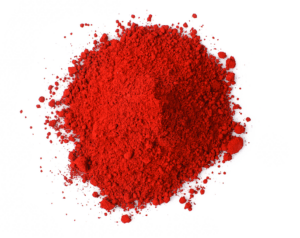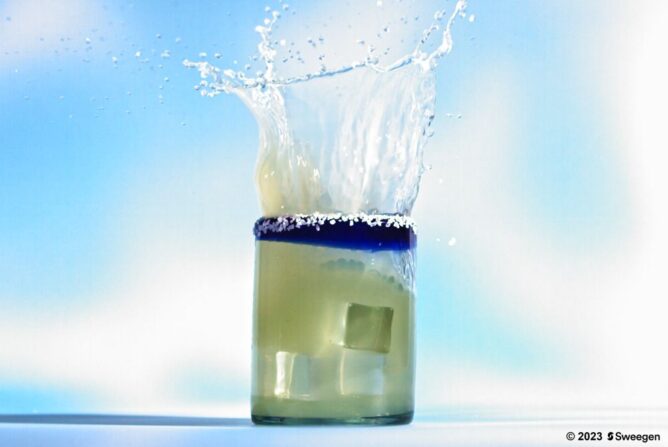Sweegen has secured FEMA GRAS (Flavor and Extract Manufacturers Association Generally Recognized as Safe) status for the ultra-sweet protein brazzein produced via precision fermentation, a milestone it claims will pave the way for its broader adoption by industry in sugar reduction projects.
Under the FEMA GRAS process, a panel of experts in toxicology, organic chemistry, biochemistry, metabolism, and pathology assesses the safety of flavor ingredients.
“Sweegen is the first to attain FEMA GRAS status and to produce brazzein commercially globally,” said the California-based company in a statement issued Thursday. “The designation is important because it allows manufacturers to use Sweegen’s Sweetensify Flavors confidently, including the novel sweet protein brazzein in their product formulations.”
Why it matters
Brazzein—which is 500-2,000 times sweeter than sugar and has some attractive flavor modifying effects—is an ultra-sweet protein found in tiny quantities in fruit from a climbing shrub called oubli. However, it is prohibitively expensive to extract.
As a result, several companies including Sweegen (via its partner Conagen) have been racing to produce it more efficiently in fermentation tanks via genetically engineered microbes. Another notable player in this space is Oobli Foods (previously Joywell Foods), which recently unveiled the first food products—chocolate bars boasting 70% less sugar—featuring brazzein.
As no detectible modified DNA from the host microbe is in the sweet protein, products featuring it will not trigger a ‘bioengineered’ label in the US.
Stevia and monk fruit sweeteners have improved significantly as formulators have homed in on the more sugary-tasting steviol glycosides such as Reb M. However, sweet proteins such as brazzein add an exciting new dimension to the natural sugar-reduction toolbox, according to Sweegen, which has also secured FEMA GRAS status for the sweet protein thaumatin made via microbial fermentation.
500-2,000 times sweeter than sugar
Used as a flavor modifier, brazzein can help to block bitterness, reduce astringency and sweet linger, and eliminate funky aftertastes associated with some other high intensity sweeteners it can be paired with. It is also stable in a wide range of pH conditions, retains its qualities after pasteurization, and is readily soluble, making it ideal for sugar reduction across a spectrum of food and beverage applications, claims Sweegen.
Brazzein is also unusual in that it is the only natural non-nutritive sweetener that specifically targets a taste receptor (T1R3) associated with umami (savory) tastes, which can stimulate a new sweet experience and bring fuller flavor to certain products, says the firm.
However, CPG companies are unlikely to use brazzein as a standalone sweetener, says Sweegen, which is pairing it with its Bestevia stevia sweeteners as part of its new Sweetensify collection.
Red hot: Precision fermentation for carminic acid

In a separate announcement on Thursday, Sweegen’s partner Conagen said it can use precision fermentation to produce carminic acid, a vivid red pigment commonly sourced from crushed cochineal insects, which many food manufacturers are looking to replace.
“Conagen’s de novo production platform makes it possible to produce and scale high-quality carminic acid in volumes up to thousands of tons, relieving supply chain challenges and potential allergenicity issues posed by incumbent insect-based sources,” claimed Conagen.
“Recently, there has been a resurgent interest in natural products due to health concerns associated with certain synthetic dyes. This has led to increased demand for carminic acid, resulting in a 73% increase in price from 2013 to 2018. The current industrial production of carminic acid is estimated to be 800 tons per year, mainly from Peru, the Canary Islands, Chile, and Mexico.
“By providing a reliable and consistent source of carminic acid, this technology could replace synthetic pigments and help the industry move towards a more sustainable and ethical future,” claimed Casey Lippmeier, SVP of innovation.




